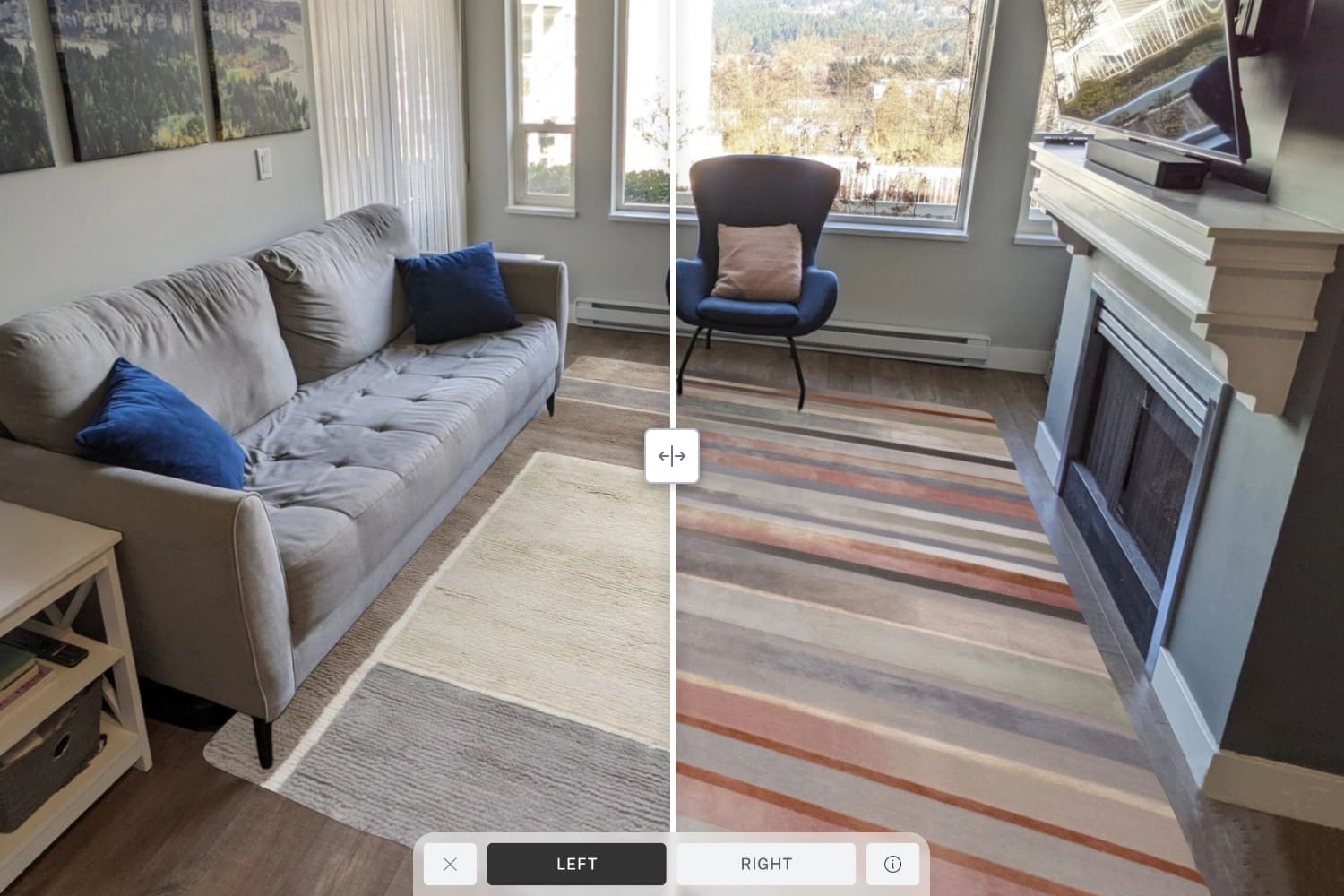If you don’t know what shoppers want, they won’t keep coming back.
That’s according to a 2022 study on personalization in retail, which found 62% of shoppers would stop doing business with a company if they don’t provide personalized experiences — up from 45% in 2021. Customers want retailers to anticipate their desires without having to remind them, with 73% of shoppers expecting companies to understand their unique needs and expectations.
Get personalization right, however, and the rewards could be transformative. According to McKinsey, faster growing companies drive 40% more of their revenue from personalization than slower growing companies.
So what exactly is personalization in ecommerce? Personalization is the process of tailoring the shopping experience to suit an individual customer’s preferences. Customer needs can be anticipated based on their demographics, location, any past purchases, and behaviour on your digital channels.
Almost every channel can be personalized, including websites, emails, telephone calls, live chat, and social media. In practice, ecommerce personalization includes things like immersive experiences, dynamic content, targeted advertising, customized landing pages and unique rewards.
Let’s look further at how personalization can benefit ecommerce retailers, as well as some tips for personalizing the customer experience in the home improvement industry.
Benefits of personalization in ecommerce.
By personalizing the customer experience, ecommerce retailers can turn more browsers into buyers.
A more engaging shopping experience.
Shoppers are more likely to engage with your brand and products in a personalized ecommerce environment, with 54% of businesses worldwide boosting engagement with personalization. By implementing personalization strategies, 47% of retailers have achieved a better response to discount offers, while 41% have reported an increase in email open rates and click-through rates.
Increased conversions.
Better engagement means better conversions, with 48% of retailers achieving more conversions after implementing more personalization efforts.
Better customer loyalty.
Give customers what they’re looking for, and they’ll keep coming back. In 2022, 49% of shoppers said they would buy again if they were offered a personalized experience by a retail brand.
How to personalize the digital experience.
To personalize the digital experience, retailers need to learn the unique needs and expectations of their individual customers.
1. Show products in the customer’s home with AR technology.
Customers want the ability to make better purchase decisions, and the Roomvo visualizer helps bring home renovation plans to life.
Roomvo shows shoppers what home decor products will look like in their homes before they actually purchase. Shoppers simply navigate to the visualizer on the retailer’s website, upload a picture of their room, and flick through products to see what styles of rugs, flooring, countertops and more look best.
Crate and Barrel has successfully integrated Roomvo into its rug retailing channels, offering the ‘View this in your room’ feature on its website product pages. The results have been impressive: hundreds of thousands of product views per month and a doubling of their conversion rate.
“We were impressed by Roomvo’s ease of use, speed, reliability and level of realism. We love that it’s available on any device, so there’s no compatibility issues,” said Anne Franger, Photo Studio VP at Crate and Barrel. “The customer response has been amazing. People love the ease and accuracy with which they can try out different rug options in their own rooms.”
2. Tailor your content.
Also known as smart or adaptive content, dynamic content is tailor-made for the person viewing it.
You can create dynamic content for your audience using their location, demographics, device type, referral source, and language. However, make sure you are collecting data responsibly and transparently, and that you’re complying with all laws in the jurisdictions you do business, such as GDPR in the EU and CASL in Canada.
Dynamic content includes currency in the user’s native language and currency in the customer’s location. For new customers, dynamic content includes personalized offers for first-time visitors and customized preferences for existing customers.
3. Create buyer personas.
To learn more about your customers’ preferences, develop buyer personas to identify their needs, wants, values, and behaviours. Buyer personas put a face to the customers you’re selling to, helping marketers better empathize with their motivations.
In addition, buyer personas help you tailor your product recommendations, offers, ads and emails to each persona, as well as identify new customer segments to target.
Keep customers coming back — and attract new ones.
Personalization helps ecommerce retailers better satisfy each customer’s unique needs and expectations, driving better engagement and conversions. By delivering more personalized experiences, ecommerce retailers set themselves apart from their competitors, and accelerate their revenue growth.






